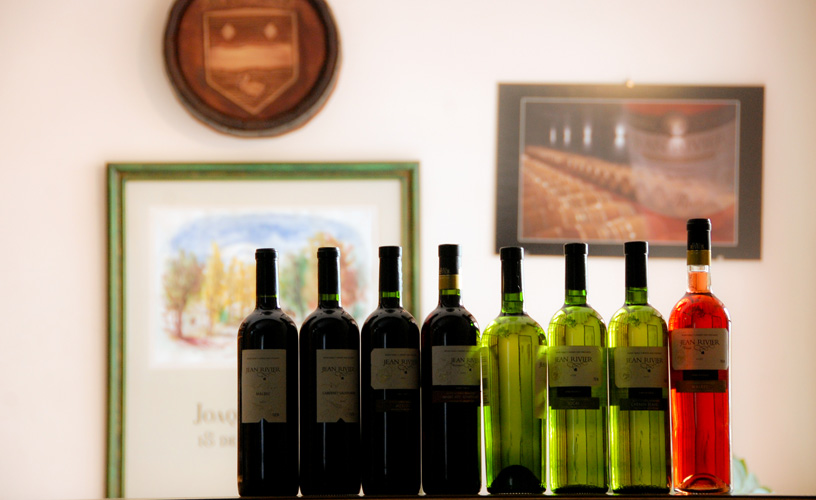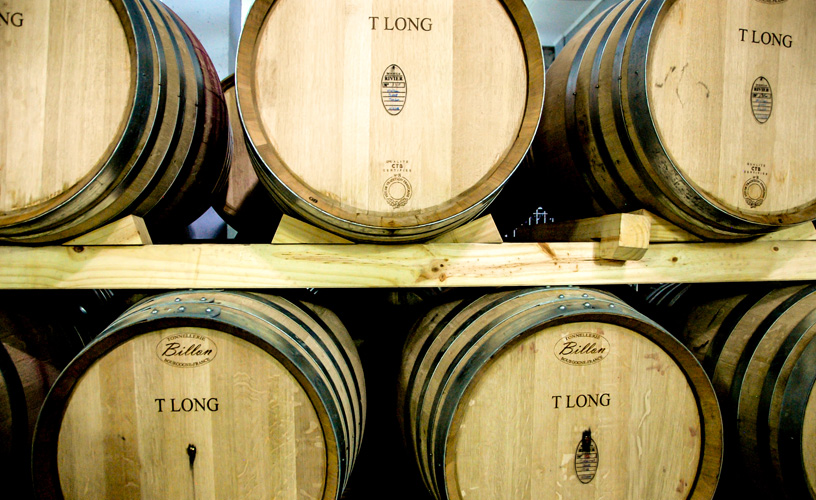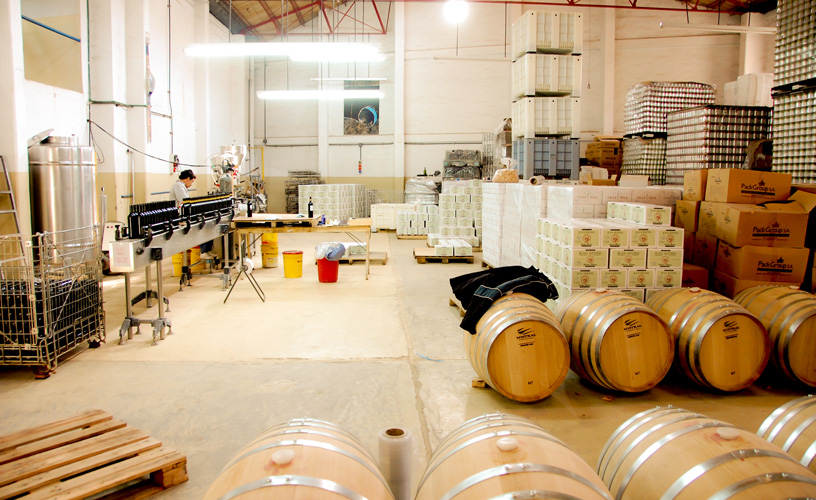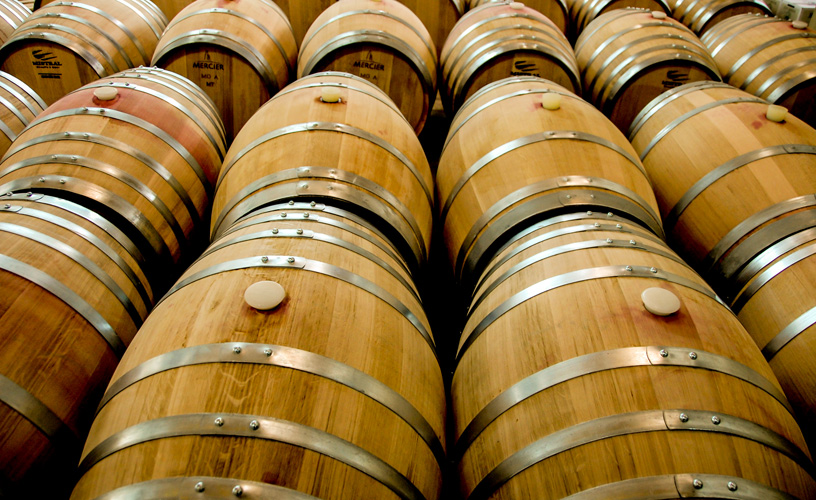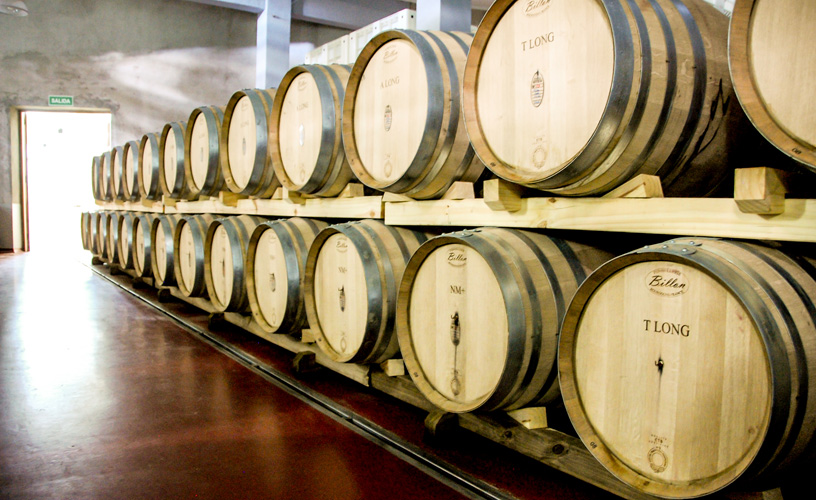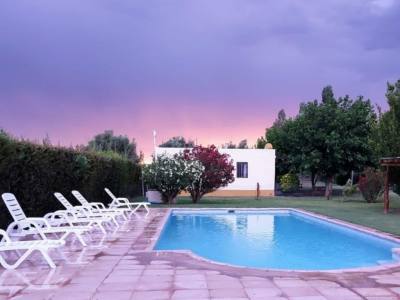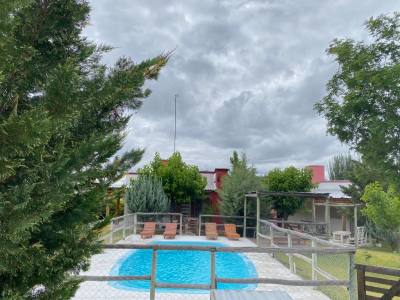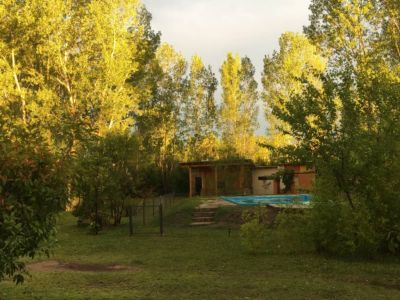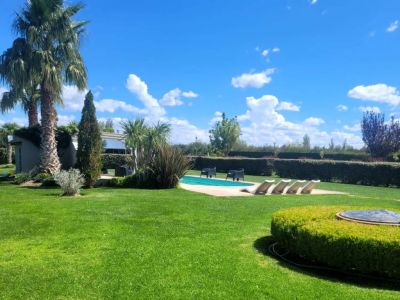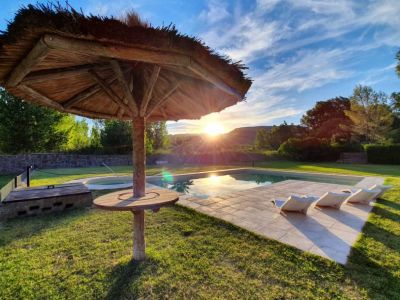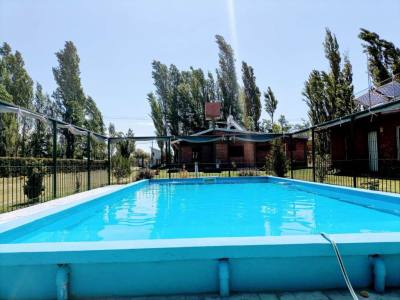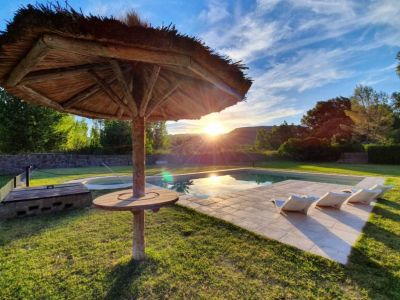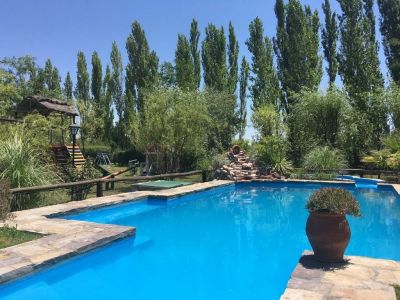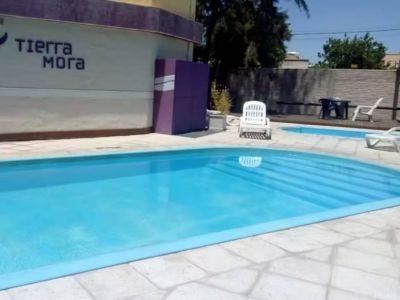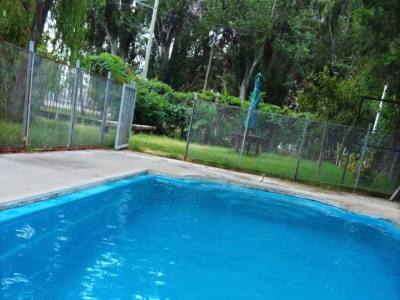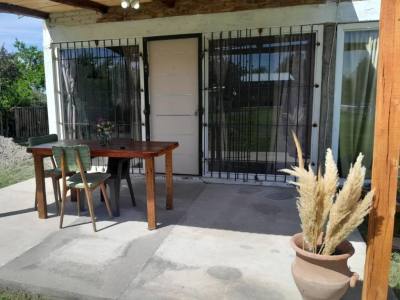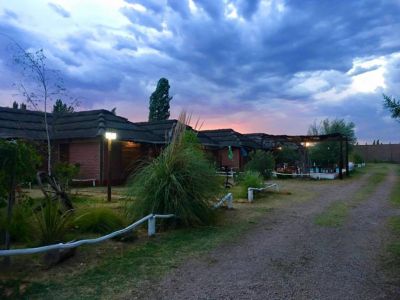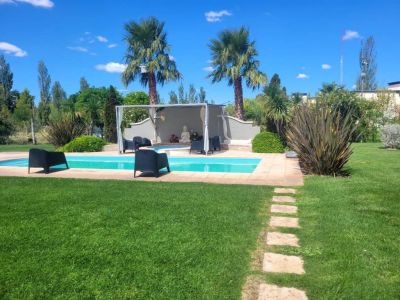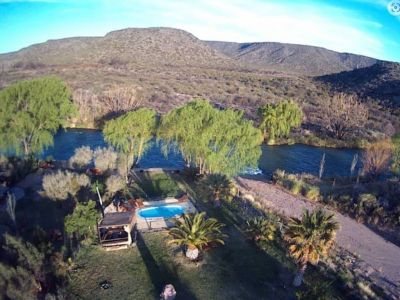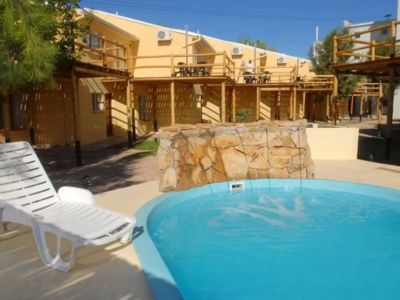Semiarid soils and temperature variations enable the growth of various kinds of white and red grapes that undergo an amazing process towards a final result we consumers will enjoy.
How much do we need to know before we choose a wine? What are the secrets wineries keep? These questions have an answer when access is permitted.
Jean Rivier Winery opened its gates to us and Ariel Gorri, the man in charge, made it possible for us to have contact with the different production stages.
We beheld the color and transparency of the bottles delicately lay out on the shelves of the coquettish sales area. That suggested a good start.
The annual harvest was just over and we could see the staff dedicated to cleaning and maintaining the machinery used. They were making sure everything was in perfect condition for the following season.
Every year, starting in February, the harvest of the different varieties is carried out according to the rainfall regime, the draught or the strong heat. The climatic timing has changed but, provided that quality grapes are used, the adverse weather conditions can go almost unnoticed.
Jean Rivier uses its own vineyards with over 40 years of background. This lets the company irrigate the land through their own dam and ditches system and thus regulate the requirements of the plants without any need to resort to another system.
Generous Land, Working Hands
The cultivated estate is located in the Uco Valley, 120 kilometers away from San Rafael in a high area (around 960 meters above sea level), with more extreme temperature variations.
We stood at the very spot where the trucks loaded with grapes arrive. We watched the wine press, the conveyor belts and the bladder press. Afterwards, the pneumatic press leads the grapes to the fermentation pools, as corresponding.
High-quality yeast replaces the so-called indigenous yeasts. At this point, a simple juice is transformed into a great wine.
The first grapes processed are used to make sparkling, less mature wines. The red grapes must spend a longer period in the pools so that the grape juice may ferment with the pomace and the skin may provide the necessary color.
Ariel told us proudly: “The aromatic results and the regularity of the styles are evidenced at this stage of the process”.
Underground, Dark, Humid
We followed him to the basement, where the wine undergoes a cold stabilization process through fix temperatures, as it is filtered and clarified.
At the cellar, the premium and reserve lines have their own ageing periods in wood. All the cycles from winemaking to the commercialization of the product differ. In the former, only first or second-use casks are employed.
Life History
The founder of the Jean Rivier winery is a Swiss immigrant who arrived in the country in 1956. He started growing wine at Rama Caída Estate. Afterwards, he bought this winery and the circle was closed: he grew the grapes and made his own wine.
The original winery would commercialize fine wine in demijohns. In 1993, the venue was enlarged and modernized. The age of bottled wine had begun. Now they only sell to wine stores and wine clubs.
It was time for tasting the wine. Like every sommelier, with calm and respect for the wine to be served, Ariel introduced us to two versions of tocai white: the former with its own flavor and the next one, aged in a cask.
To our sight and mouth, it was the same vintage. The hues and the palate were different. The younger wine has intense greenish hues, with green apple and pineapple aroma. Its taste is soft, fresh, with bubbles. It is ideal to accompany soft informal dishes.
The Tocai Reserva age-worthy wine has golden hues, with good structure and character to the sight. As we tasted it, we smelled vanilla and honey and it remained longer in our mouth, with a bitter touch towards the end.
Demanding Wines
Before we bade farewell, we learned something else about Denominación de Origen (Designation of Origin). The Acronym DOC (DO), which has been appearing on the wine bottles for a while now, is requested by the winery before the corresponding entity.
This body certifies and typifies the features of a terroir or soil. Access to the national and international markets is thus easier for winemakers. And at the same time, the consumer is guaranteed a constant level of quality.
During our visit, we cleared all our doubts. Ariel made sure he revealed all the secrets that turn wine into such a refined product.
Mónica Pons
Eduardo Epifanio
Phone: +54 260-4432676
